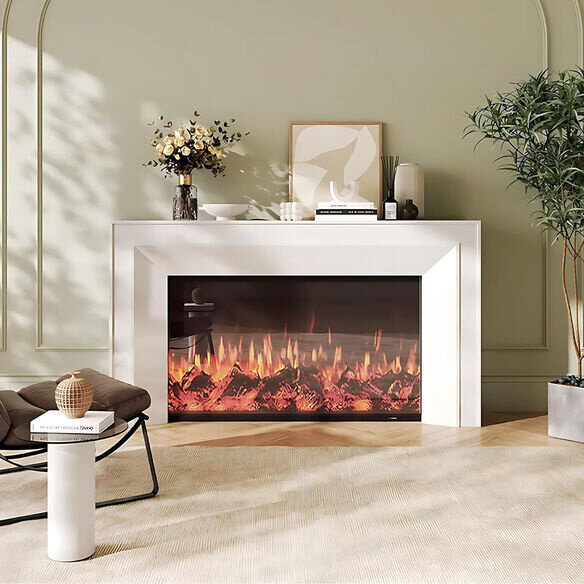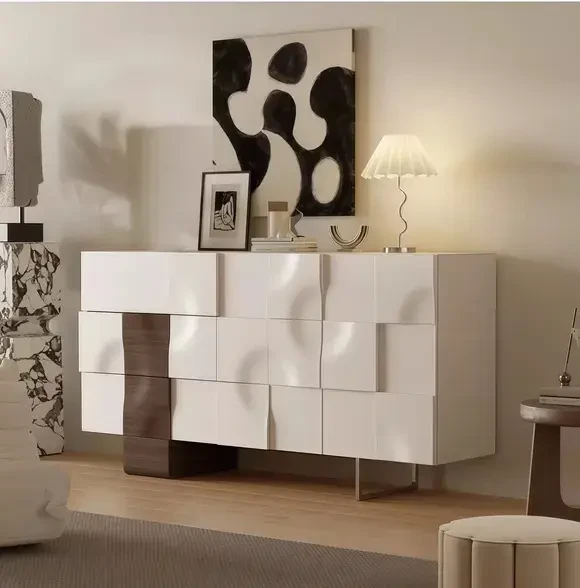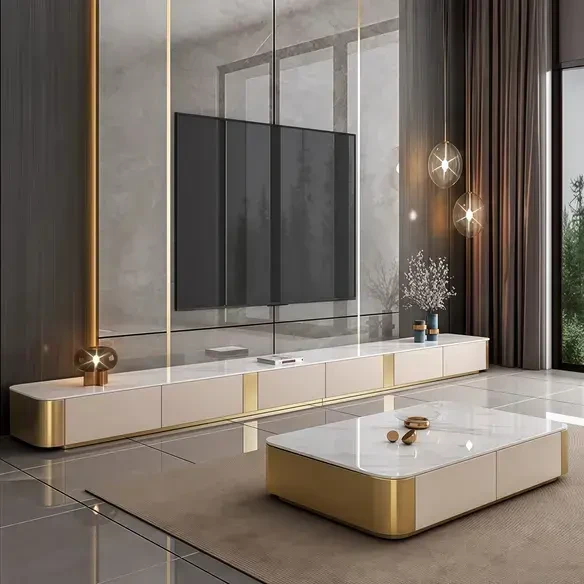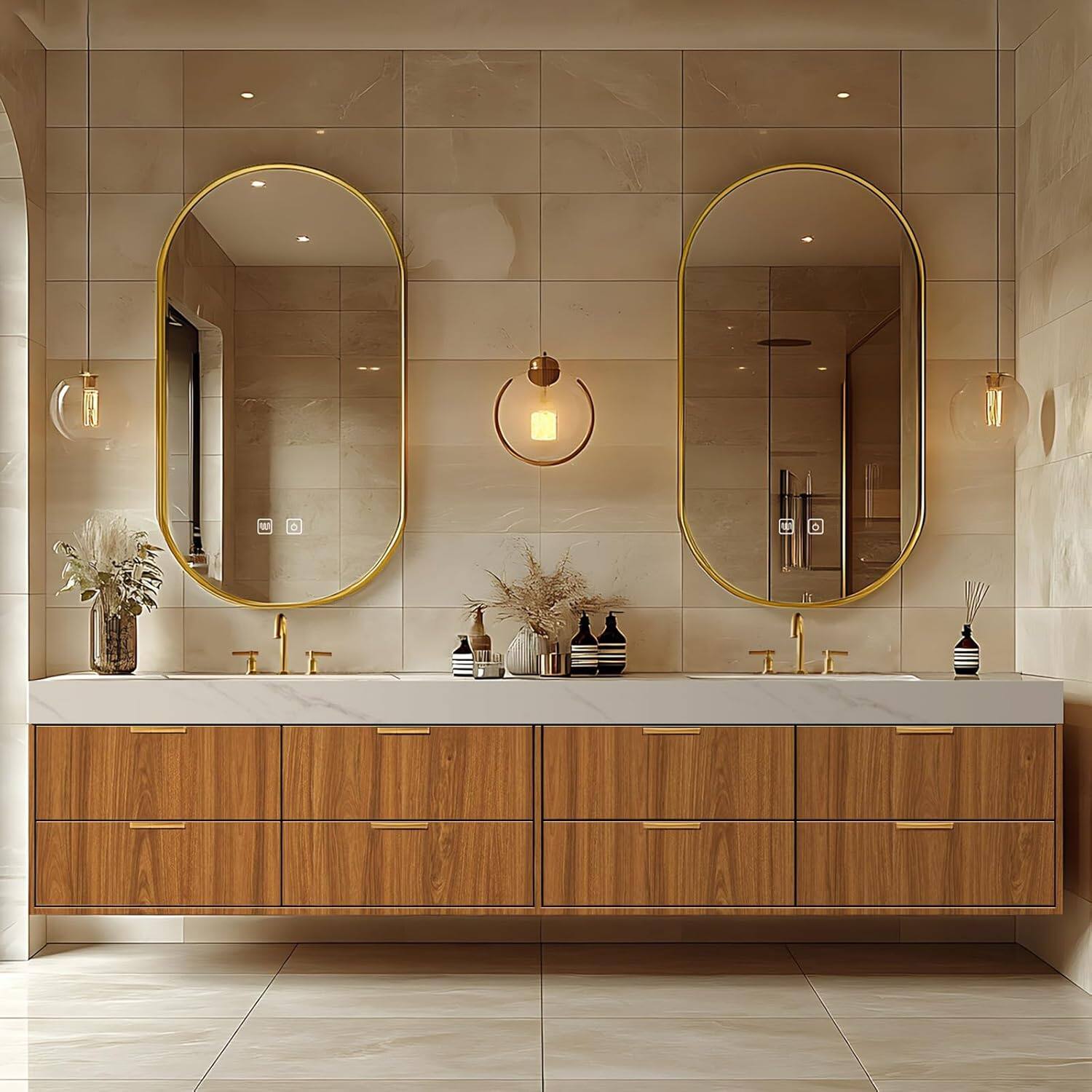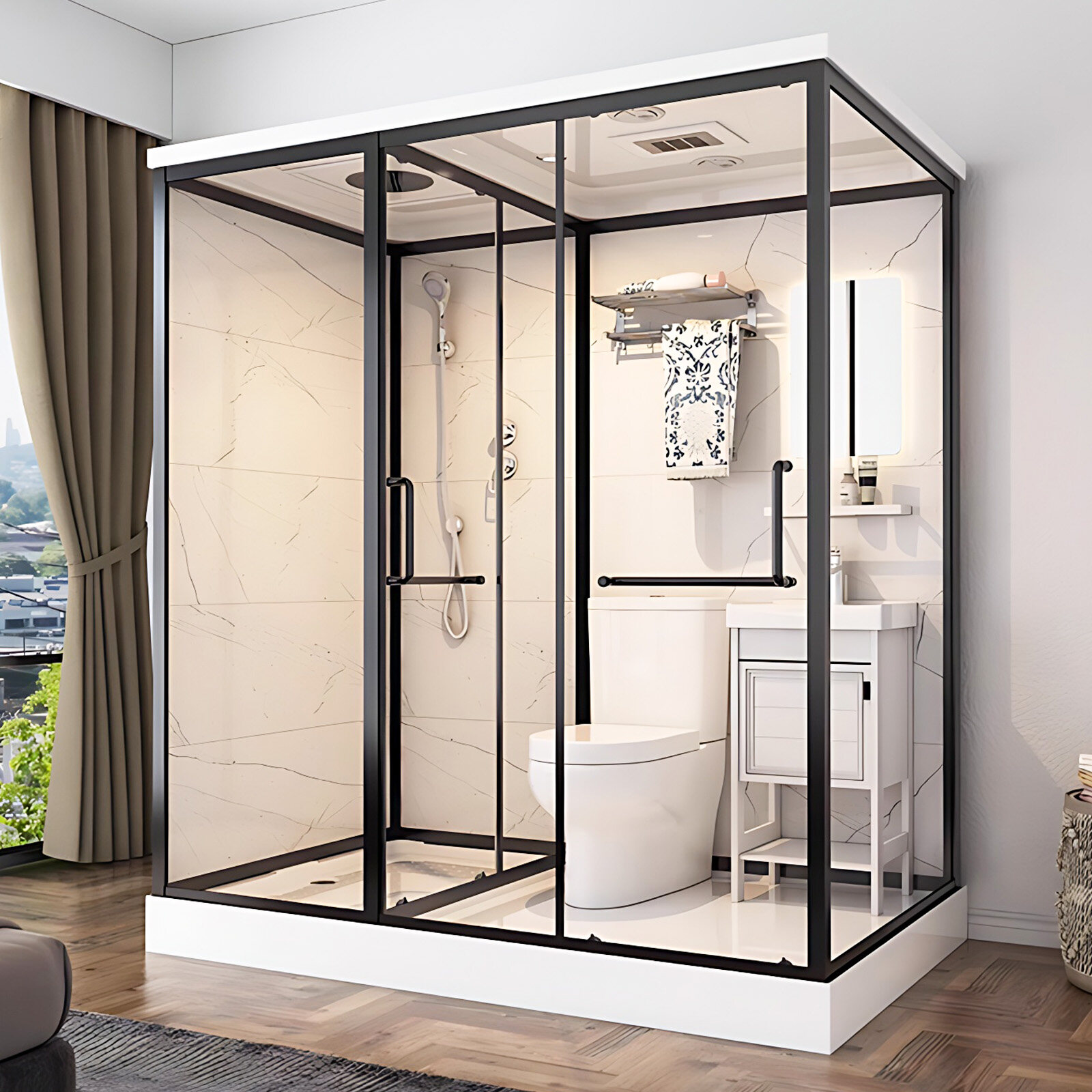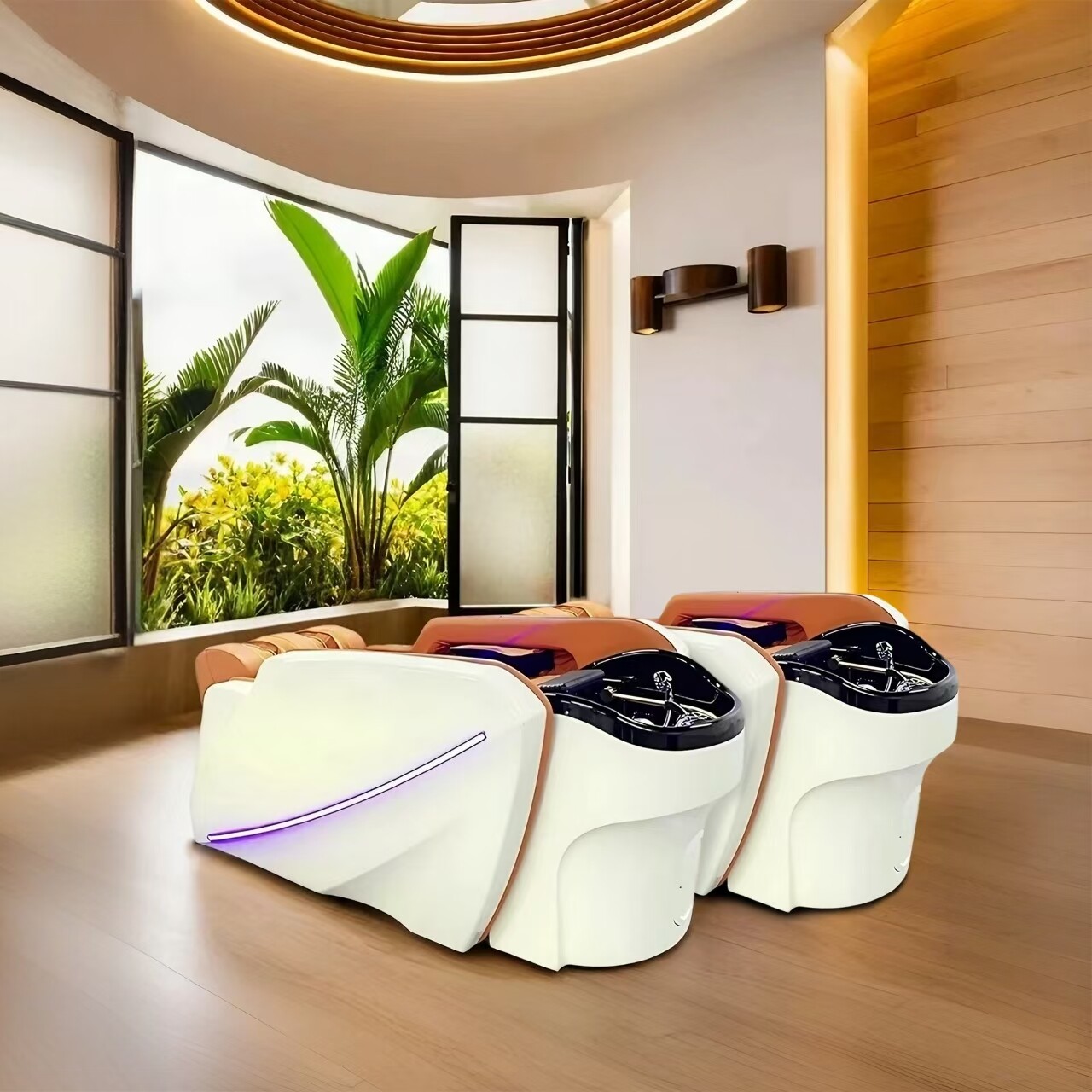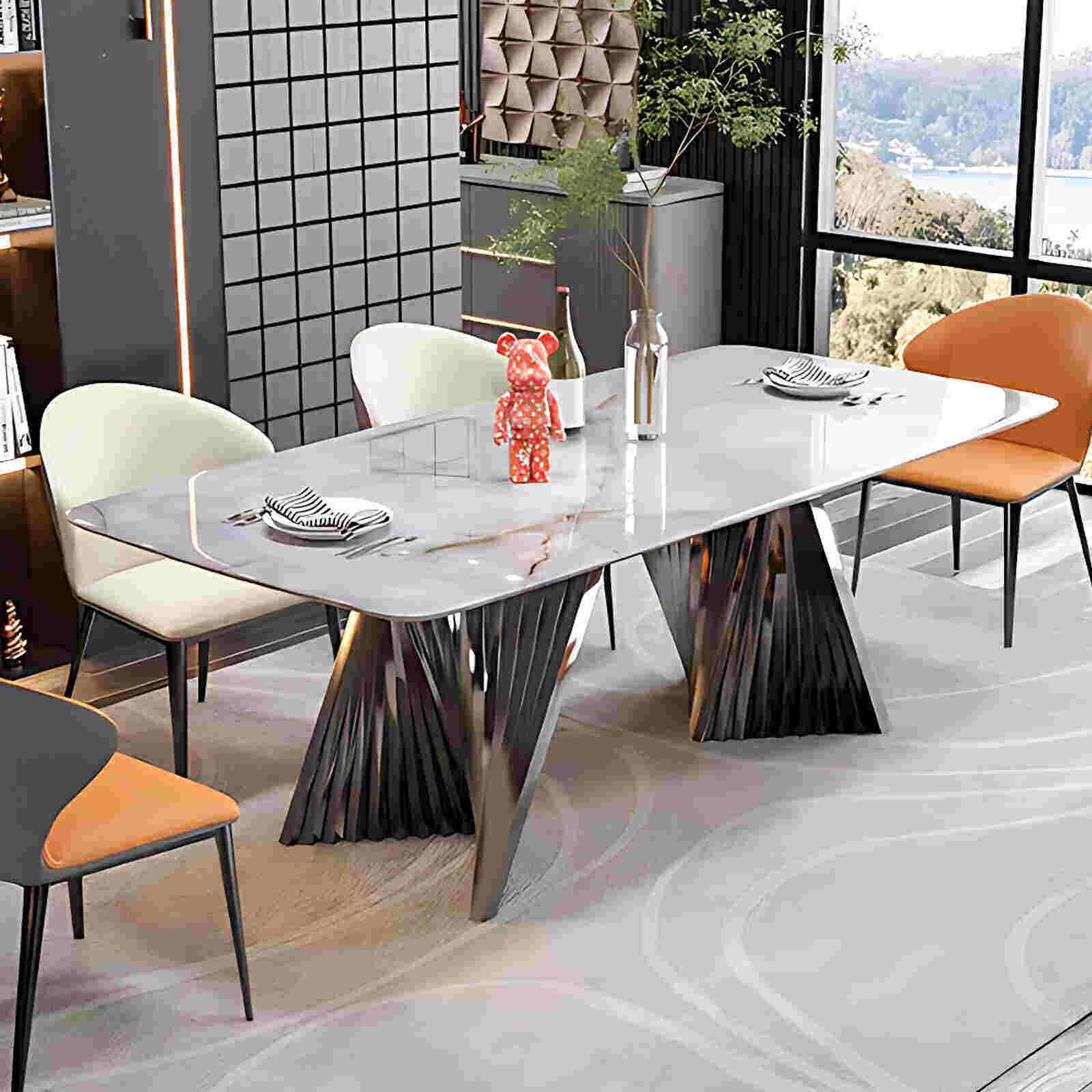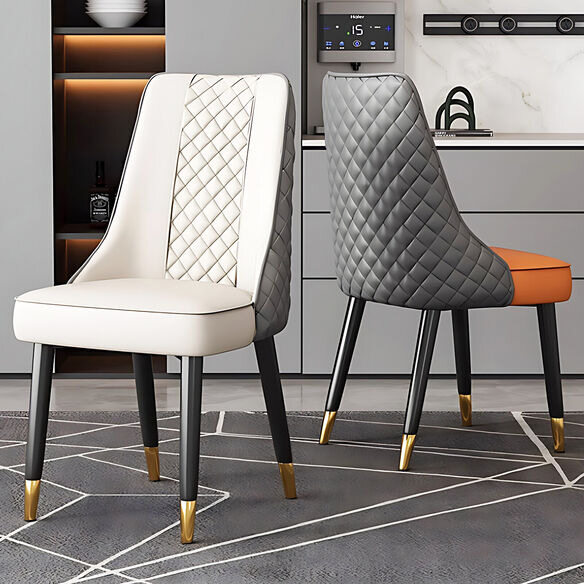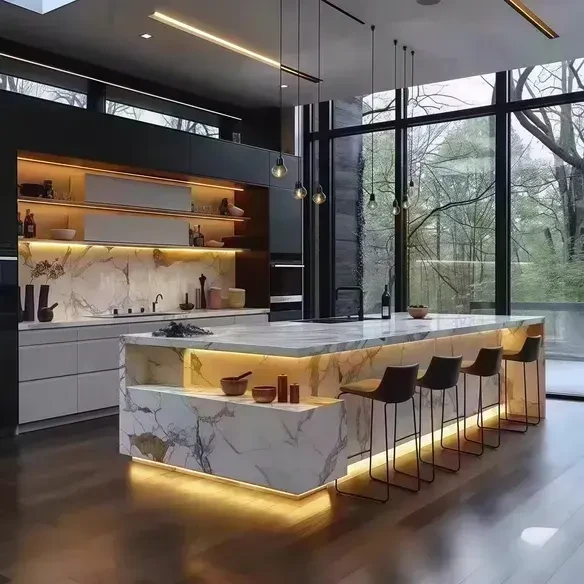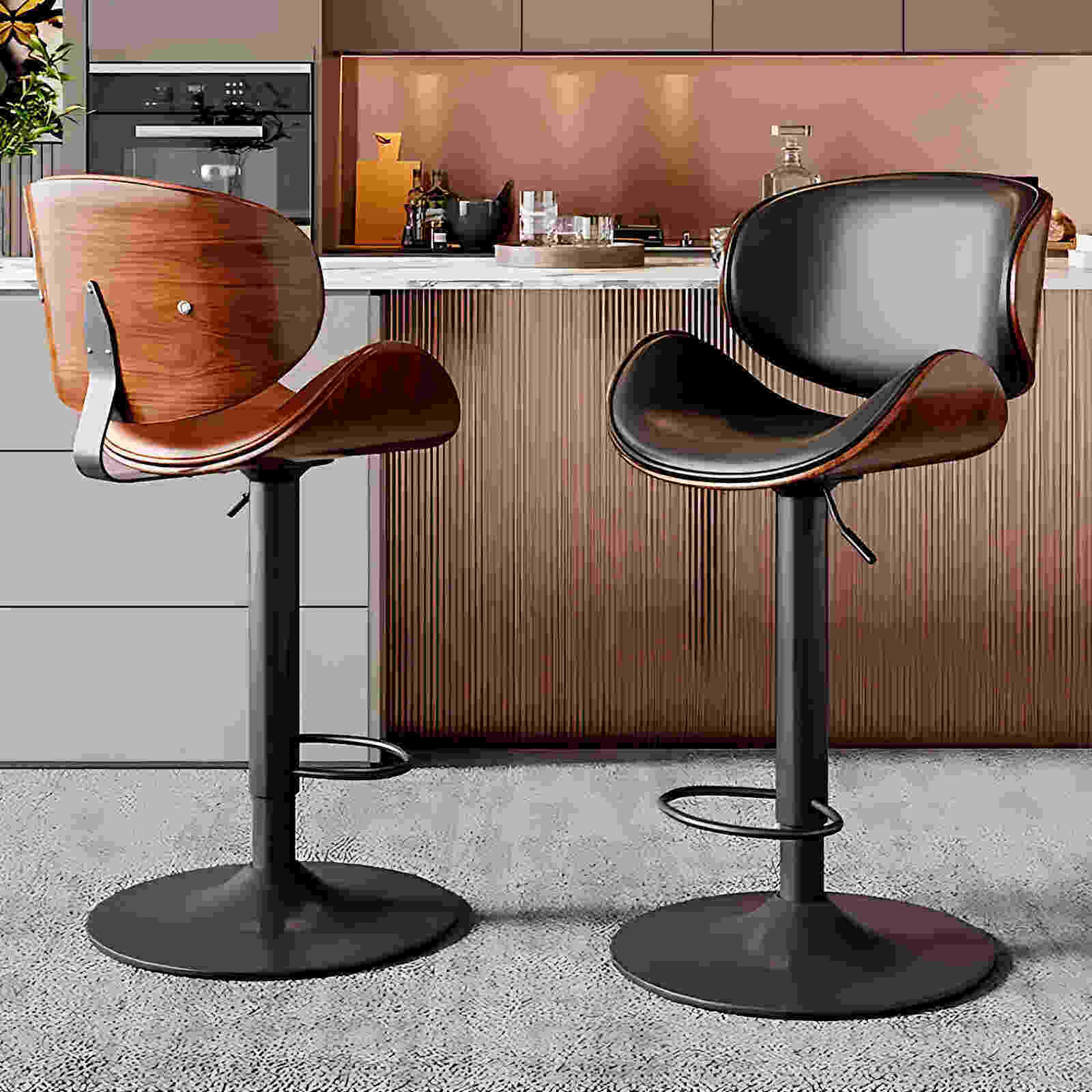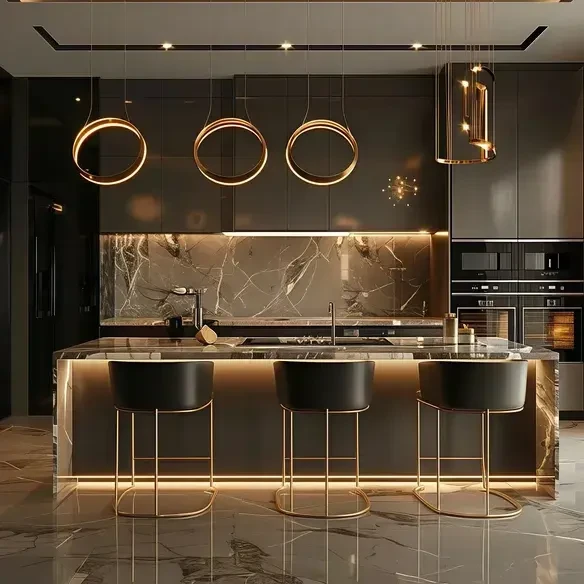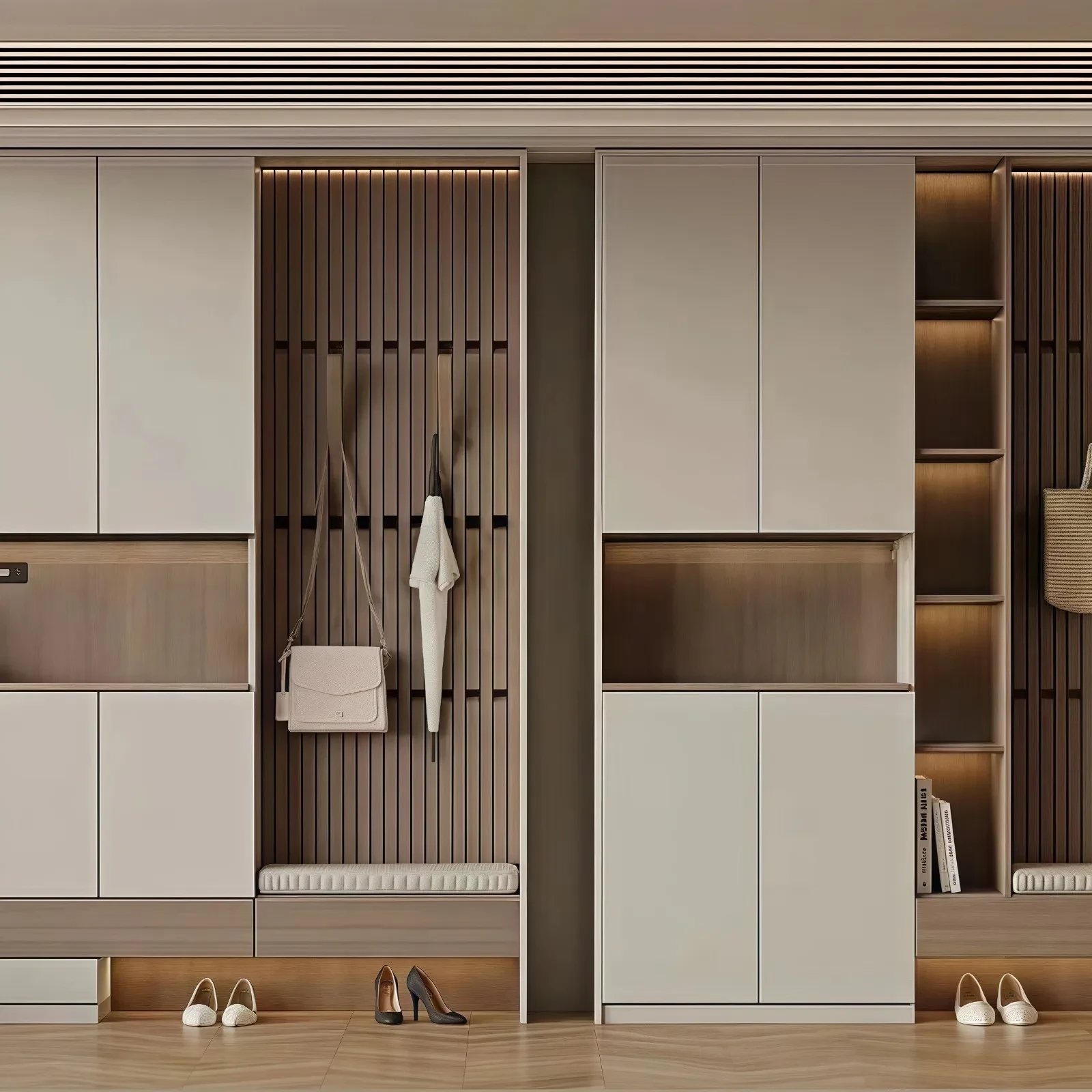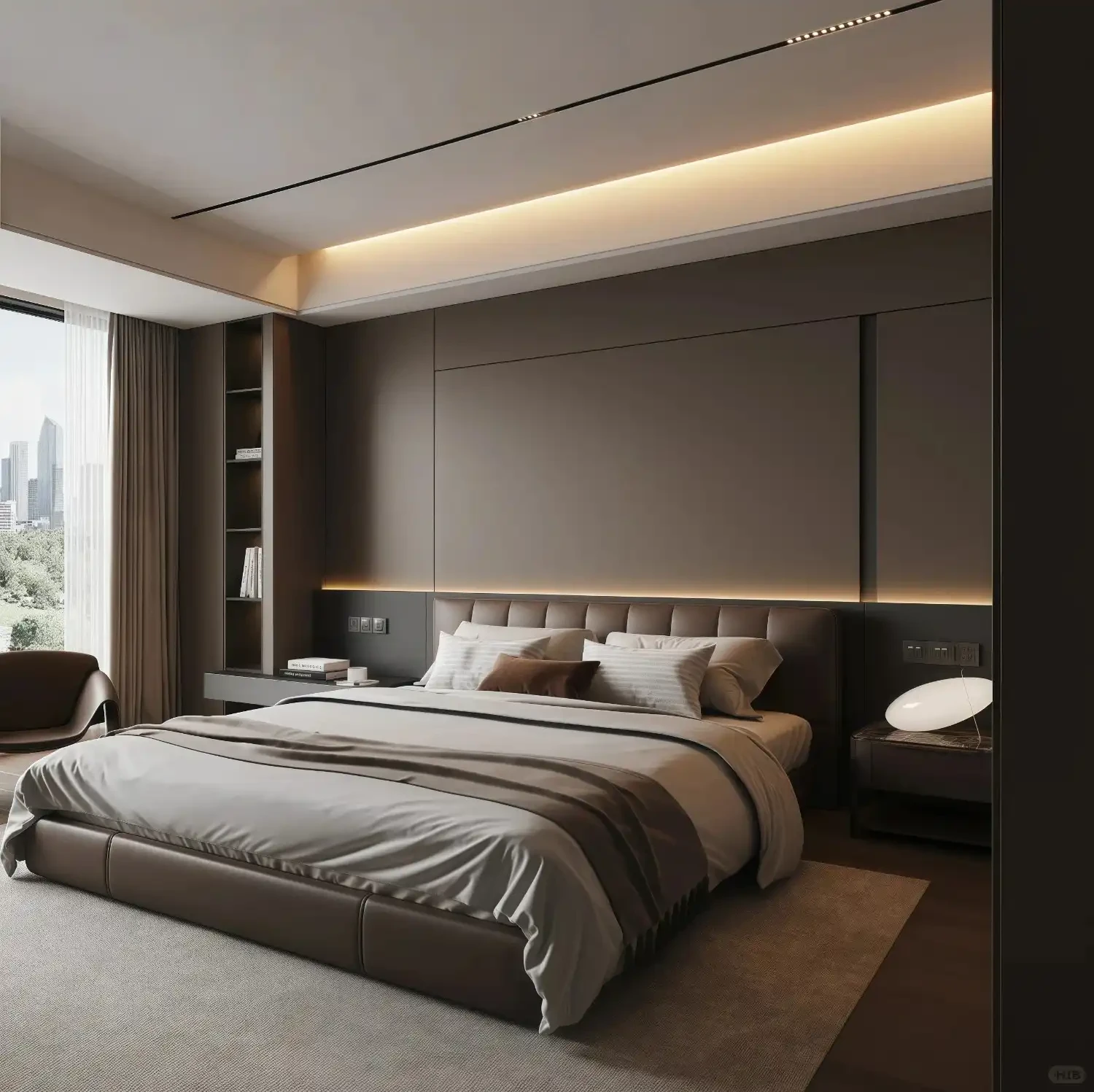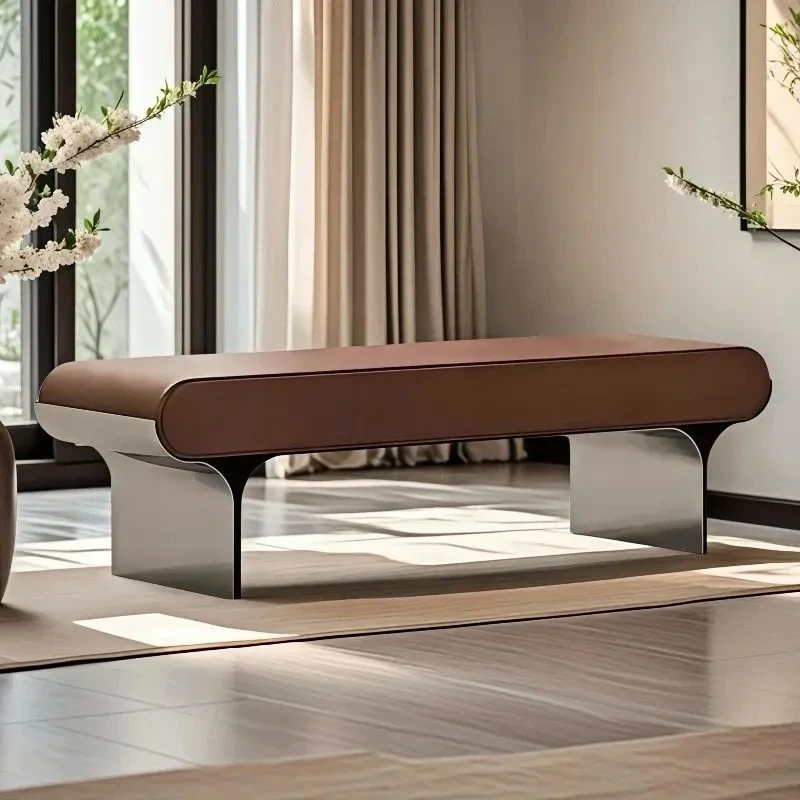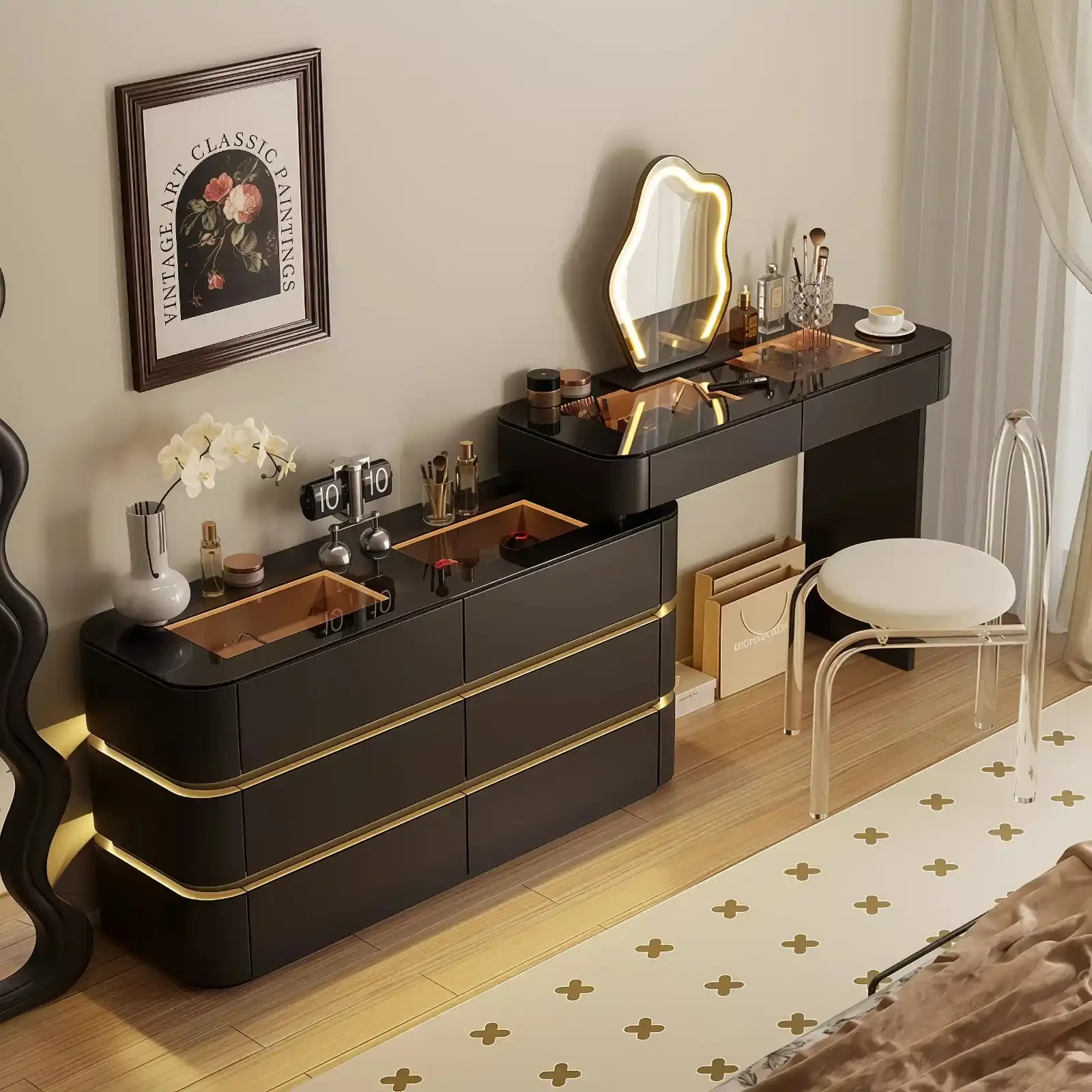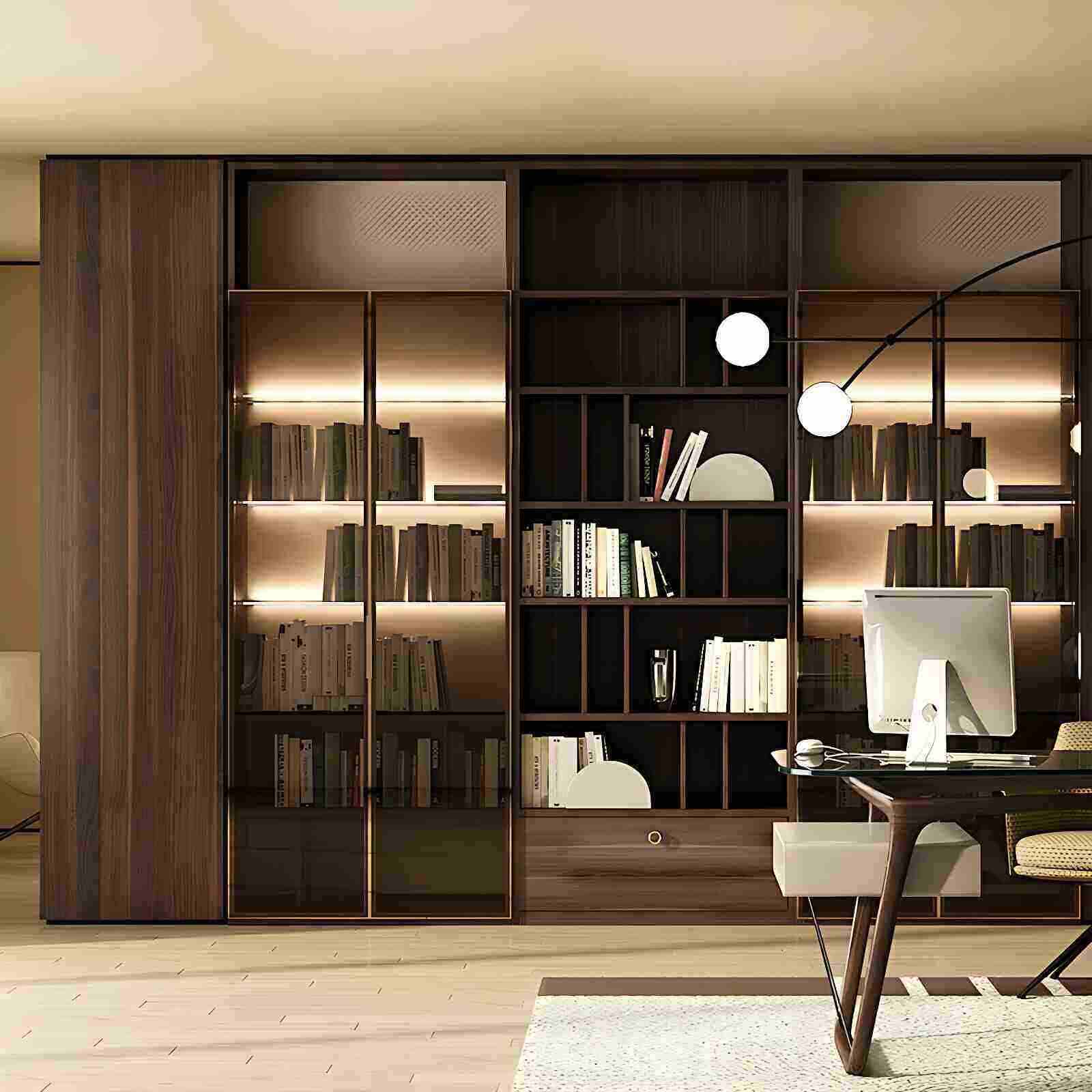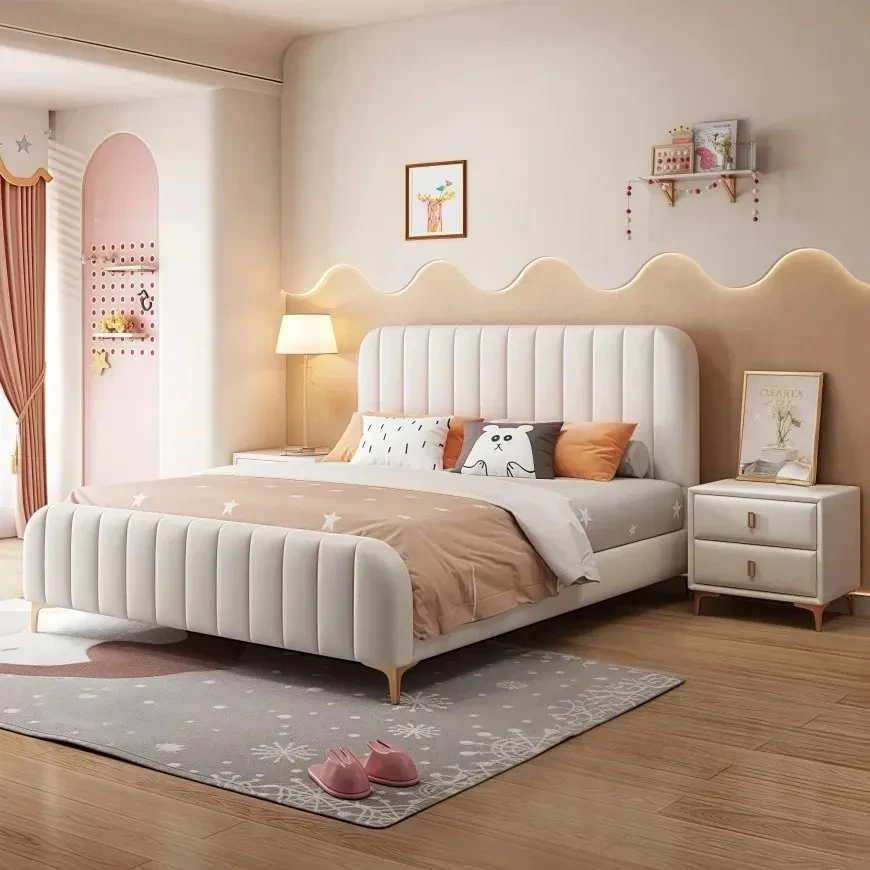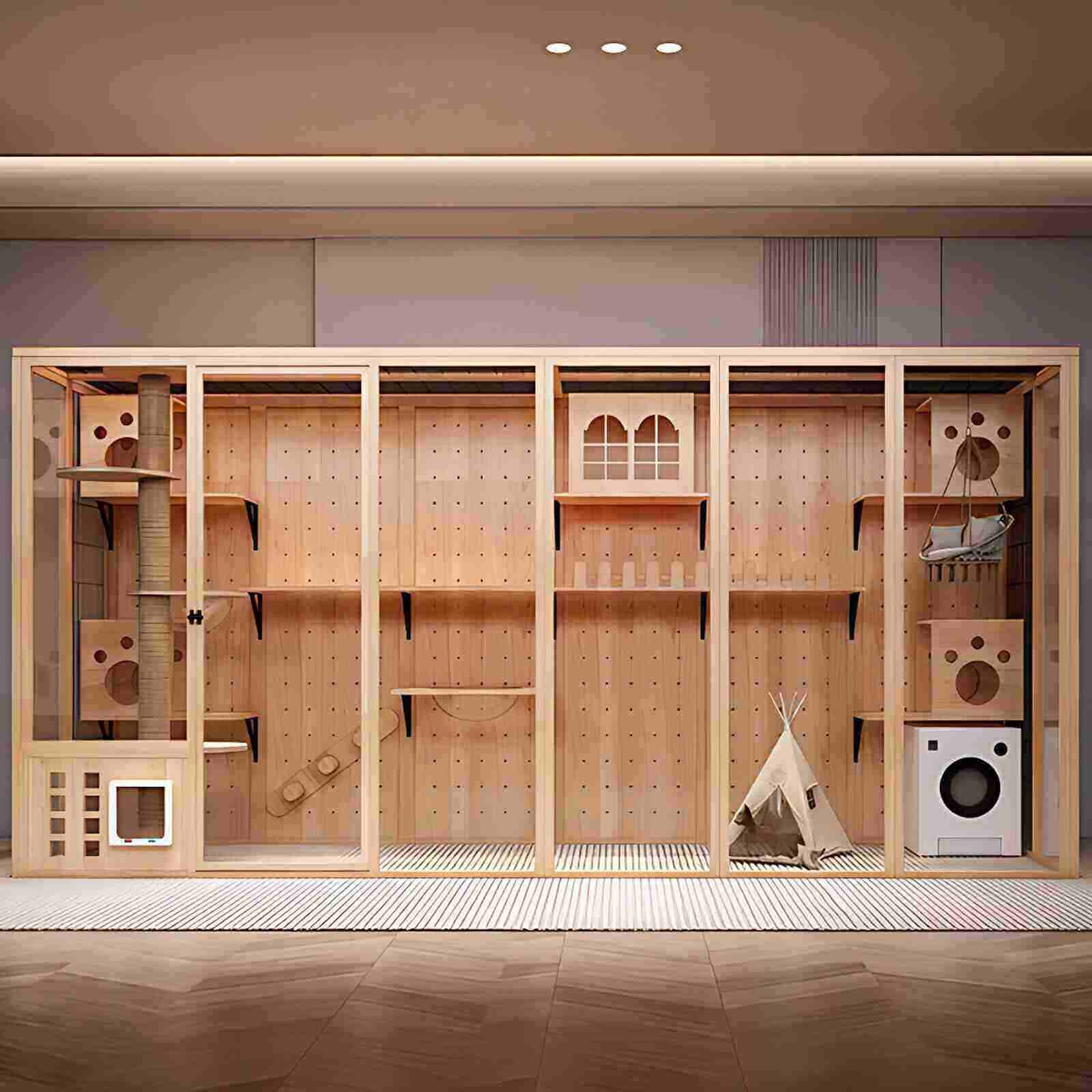In any environment—be it modern or classic—the bathroom is functional and, when executed properly, also a meeting place of personal comfort and style. It is essential, then, for every fixture to be not only functional but also stylishly integrated into the space. When it comes to the bathroom vanity installation—arguably the most important and central fixture in the bathroom—this dual imperative is especially true.
Whether remodeler or new construction, the vanity's layout, dimensions, and plumbing alignment are critical issues. The National Kitchen & Bath Association, along with other authorities on the topic, provide a dizzying array of choices in style, materials, and shape. Still, the execution of plans, of vision, is what separates the excellent from the mediocre. This is a moment when the mantra form follows function must be taken more seriously than ever.
Planning the Placement Before Installation Begins
Before beginning any bathroom vanity installation job, one of the most crucial preliminary steps is to determine the placement of the vanity. This means ensuring it's positioned close to the appropriate water supply lines and electrical outlets, and that it fits well within the overall flow of the bathroom.
A properly placed vanity is a key element in enabling all household members to use the bathroom with ease. Once you are confident in the placement, you must take accurate measurements of the space you've got while allowing for the necessary clearances between the vanity and other bathroom fixtures (this is, by the way, a good time to check on the condition and height of any mirrors you plan on using).
In addition, the function and visual appeal of the vanity should be proportionate to the size of the bathroom and its occupants; if multiple people will be using the bathroom, as is sometimes the case with guest quarters, then both accessibility and appearance should be considered.
Ensuring a Level and Stable Foundation for Longevity
Setting up a successful vanity demands more than just positioning—it relies heavily on the foundation beneath, as uneven flooring or unstable substructures can cause persistent problems like wobbling, cracking, and even damage to plumbing components connected to the vanity.
Once the bathroom vanity is set up, a properly inspected and prepared area will ensure that it remains level and secure, even with the kind of daily use expected in a bathroom. Shims and leveling compounds may be necessary to achieve the kind of stability that makes the installation not only safer and effective but also more likely to survive the test of time.
Aligning Plumbing Connections with Efficiency
Aligning a bathroom vanity with existing plumbing is one of the most demanding and technical aspects of the installation. The cutouts in the back or base of the vanity must match the water inlets and drain pipe exactly. Otherwise, there could be leaks, there might be blockages, and drainage could be inefficient. Water service lines endure unnecessary strain when the plumbing is misaligned. They can even become the cause of premature leaks and failures in the vanity that only a qualified technician could fix.
Securing the Vanity Unit and Final Checks
After correctly aligning and leveling the vanity, the next step is to securely anchor it to the wall or floor using appropriate fasteners (provided by the manufacturer) and ensure that the unit is stable and won't shift or loosen over time, especially in high-traffic bathrooms.
After the unit is secure, the next components to be installed are the countertop and sink. Special attention was paid to ensuring that the edges of the countertop and sink were properly sealed with waterproof silicone. This would guarantee that no moisture infiltration could potentially damage walls or cabinetry.
Once the sink was secure, the next necessary plumbing inspection was performed on the faucet and drainage system. This time, the inspection was conducted with an eye for detail that even some professional plumbers might not have. With waterproof silicone in abundant supply, there was no reason not to ensure every possible edge was sealed.
Enhancing Functionality Through Design Integration
Bathroom vanity installation takes more than just mechanical skill and structural know-how to achieve a successful visual effect. Once the vanity is in place, it should seem to be a perfectly natural element of the overall room design, as if it had always occupied that space.
Selections must be made wisely and with thought to achieving not just the appearance of the bathroom vanity as a successful unit, but also in consideration of how well it performs with the cabinetry, mirrors, and lighting as its companions. A vanity that functions beautifully and seems visually as if it belongs could even serve to boost the home’s resale value.
Final Thoughts on Professional Support and Quality
While many homeowners may view installing a vanity as a straightforward task, it requires careful planning and a blend of technical and design expertise to ensure all components—from plumbing to aesthetics—come together seamlessly, without issues or the need for rework.
It’s also a matter of making sure the unit is level and secure, what some might call the vanity’s ‘functional design,’ and cabinetmakers and plumbers with some experience in doing the two trades are your best bet for getting to a successful climax in ‘The Install That Works.’
Vintage Bathroom Vanities with Symmetrical Open Storage Glod Faucet Cabinets‑mounted design with generous capacity, making it effortless to clean beneath and visually light in any bathroom. Its French retro aesthetic combines a white patterned stone countertop and ceramic basins with original wood grain drawers and symmetrical open shelving, paired with two gold‑framed mirrors to impart elegance and luxury.
Recommendation
Suncharm's methodology for installing high-end bathroom vanities is simple but effective: dependable craftsmanship combined with modern precision yields outcomes that look good and work well in each client's unique space. Installation is Visualized. At Suncharm, we are committed to bathroom vanity installation that not only serves its functional purpose but also conveys visual harmony throughout the bathroom. We achieve this through the appropriate combination of elements, which we detail in the following brief list.

 USD
USD
 GBP
GBP
 EUR
EUR
